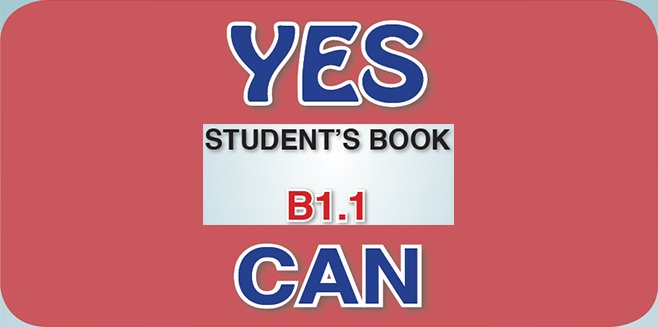İngilizce Meb Yayınları Yes You Can B1.1 Ders Kitabı Sayfa 122 Cevabı
2017 – 2018 Eğitim Öğretim dönemiyle beraber pek çok ders ve çalışma kitabı değişti. Değişen ders kitaplarından biri de “İngilizce Meb Yayınları Yes You Can B1.1 Ders Kitabı Cevapları” oldu. Kitabı incelediğimizde ise Devrim ÖZBEK, Hatice KUMRAL, Sevinç ÖRER tarafından 132 sayfa olarak kaleme alındığını görüyoruz. Kitapta görseller ön plana çıkarılmış ve görsel tasarım ise Beyza DİRİK, Zafer HAŞİMOĞLU tarafından yapılmış.
“İngilizce Meb Yayınları Yes You Can B1.1 Student’s Book Sayfa 122 Cevapları“nda önce sorular yazıldı daha sonra cevaplar verildi.
SORULAR
We use punctuation marks to structure and organise our writing. The most common of these are the period (or full stop in British English), the comma, the exclamation mark, the question mark, the colon and semi-colon and the others. Capital letters are also used to help us organise meaning and to structure the sense of our writing.
Knowing where and when to use these punctuation marks in English grammar can greatly improve our writing skills.
Three of these punctuation marks are appropriate for use as sentence endings. They are the full stop, question mark, and exclamation mark.
The full stop (.) We use the full stop at the end of affirmative sentences and after many abbreviations. For example:
1. As a sentence ender: Jane and Jack went to the market.
2. After an abbreviation: Her Mar. birthday came and went.
The question mark (?): We use the question mark to indicate a direct question when placed at the end of a sentence.
For example: When did Jane leave for the market?
The exclamation mark (!): We use the exclamation mark when a person wants to express a sudden outcry, surprise or emphasize a point.
1. Ina dialogue: “Oh my God!” screamed Jane.
2. To emphasize a point: My mother-in-law’s rants make me furious!
The comma (,): We use the comma to show a separation of ideas or elements within the structure of a sentence. Additionally, it is used in letter writing after the salutation and closing.
1. Separating elements within sentences: Suzi wanted the black, green, and blue shoes.
2. Letter Salutations: Dear Uncle John,
3. Separation of two complete sentences: We went to the movies, and we went to the beach.
The colon (:) has two main uses:
1. The first is after a word introducing a quotation, an explanation, an example, or a series. İt is also often used after the salutation of a business letter.
İngilizce Meb Yayınları Yes You Can B1.1 Ders Kitabı Sayfa 122 Cevabı




















